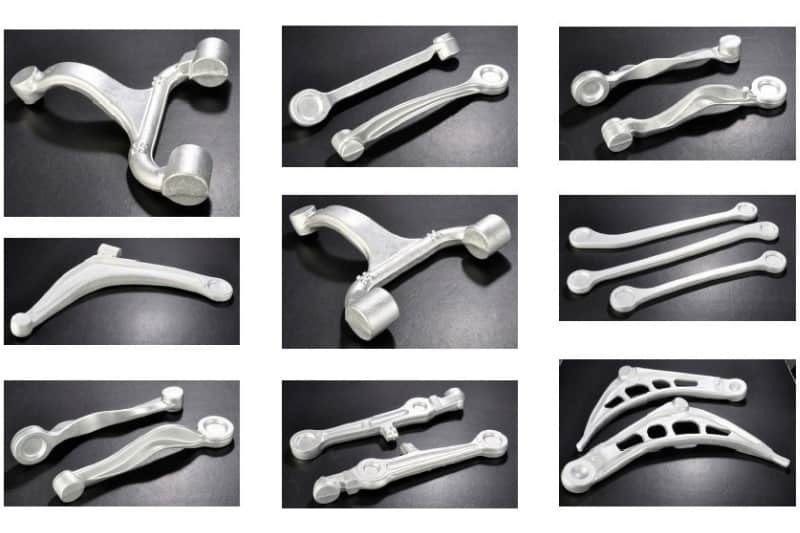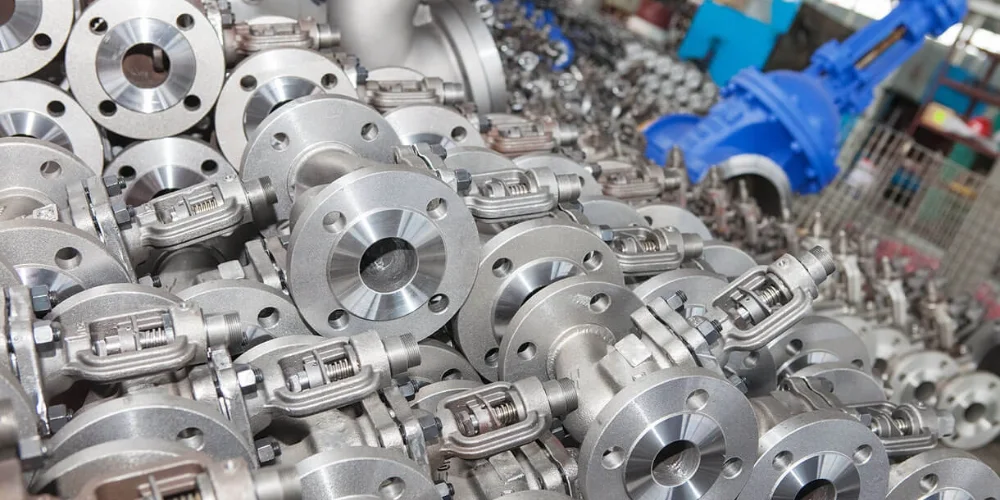How to Choose the Right CNC Machining Services for Your Needs
Whether it’s precision components in airplanes, complex parts in car engines, or everyday smartphones, CNC machining technology plays an indispensable role. With its exceptional accuracy and flexibility, CNC has become one of the driving forces of modern manufacturing. Through CNC machining, manufacturers can quickly and accurately turn designs into reality, significantly improving production efficiency and product quality to meet stringent industry standards and growing demands.
Understanding Different CNC Machining Techniques
When selecting the right CNC machining service provider, understanding CNC technologies is crucial. This knowledge helps in assessing the provider’s capabilities and ensures that the chosen service can meet your project requirements. Familiarity with different CNC techniques, such as milling, turning, and advanced multi-axis machining, allows you to make informed decisions about which provider is best equipped to handle your specific needs, ultimately leading to better quality and cost-efficiency in your manufacturing process.
Foundations of Machining: Turning and Milling
Turning: Turning is performed on a lathe, using the rotational motion of the workpiece and the linear or curvilinear motion of the tool to alter the raw material into a shape that meets the design specifications. It is suitable for machining rotational surfaces such as internal and external cylindrical surfaces, conical surfaces, end faces, grooves, threads, and formative rotational surfaces. Lathes make up about 50% of all metal cutting machine tools and can perform operations like drilling, reaming, tapping, and knurling. Based on their layout and structural characteristics, lathes can be categorized into horizontal, vertical, floor, turret, and copying lathes, with most being horizontal.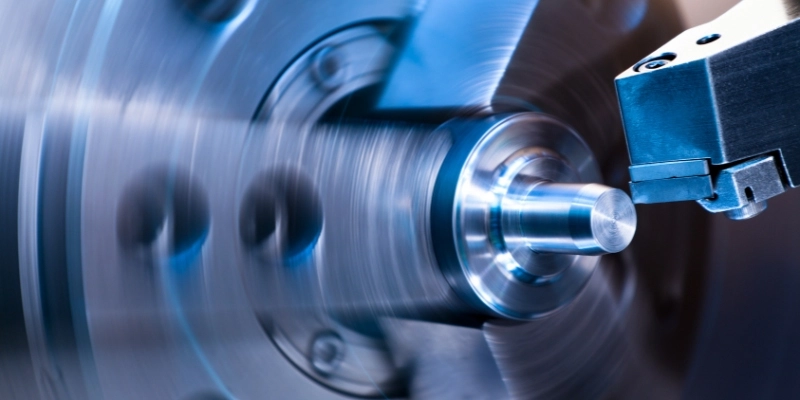

Milling: Milling involves a high-speed rotating cutting tool acting on a workpiece that is fixed on a table. Various cutting tools enable the machining of planes, curves, holes, and slots, commonly used for molds, complex thin-walled surfaces, prosthetics, and blades. Typically, the cutting tool moves vertically, while the fixed workpiece table moves horizontally to facilitate the machining process. While tools and tables can move in 3D space to machine complex shapes, the specific capabilities depend on the type of machine. Vertical milling machines, where the spindle is perpendicular to the table, are the most common, while horizontal mills have a spindle parallel to the table.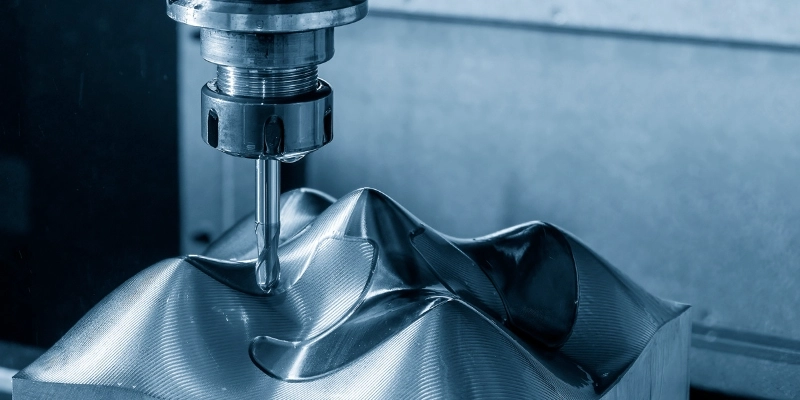

Impact of CNC on Traditional Techniques
CNC (Computer Numerical Control) technology has significantly transformed traditional milling and turning techniques, enhancing precision, consistency, and complexity in manufacturing.
Increased Precision and Consistency: Unlike traditional methods that rely heavily on operator skill, CNC ensures high consistency and repeatability. It reduces variability in product quality by automating repetitive machining processes to adhere to precise specifications.
Enhanced Capability for Complex Machining: CNC enables more intricate operations. Milling machines can handle complex 3D surfaces and contours, while CNC lathes support multi-axis rotation and cutting, facilitating the production of complex shapes that are challenging with conventional methods.
Improved Production Efficiency: With high automation, CNC machines operate continuously, reducing downtime through quick setups and automatic tool changes. Multi-axis capabilities minimize the need for multiple clamps, speeding up the production cycle, crucial for mass production.
Reduced Labor Costs and Skill Requirements: CNC reduces the reliance on operator skill. Machines execute complex tasks autonomously once programmed, lowering labor intensity and the need for highly skilled personnel, thereby cutting labor costs.
Evaluating Your Project Requirements
When selecting the appropriate CNC service, it’s essential to consider several key factors:
Complexity of the Parts: Complex parts may require advanced CNC machines, such as five-axis milling machines, to handle multiple angles and fine details.
Material Type: Different CNC machines and tools are suitable for different materials. For instance, machining hard alloys and titanium is more challenging than aluminum and may require special tools and parameter settings.
Batch Size: For large-scale production, highly automated CNC machines can enhance efficiency and reduce costs. For small batches or single-piece production, machines with flexible configurations might be more appropriate.
Carefully evaluating these factors ensures that the chosen CNC service aligns best with your project’s specific needs, maximizing cost-effectiveness and production efficiency.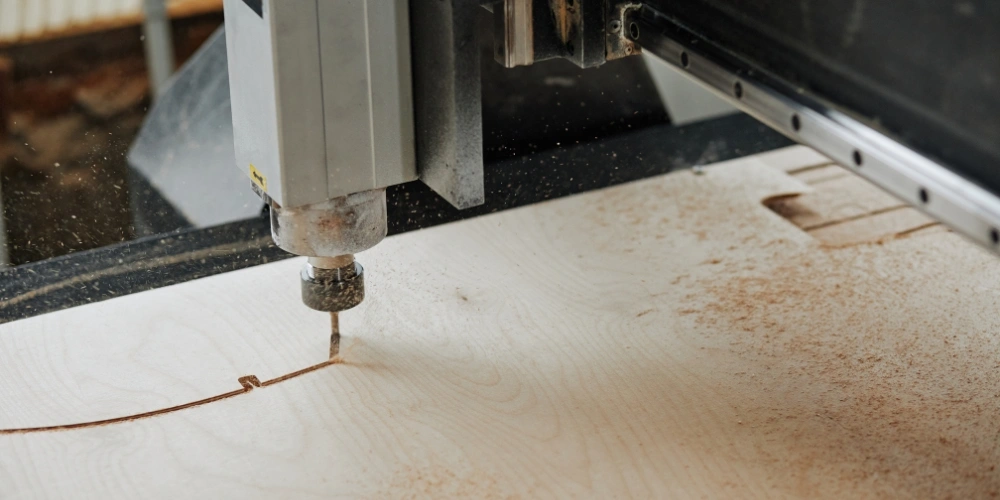

Choosing the Right CNC Machining Supplier
When selecting a CNC machining supplier, consider the following key factors:
Technical Capabilities: Assess the supplier’s equipment and technology to ensure they can handle your project’s specific requirements, especially for complex and high-precision tasks.
Delivery Time: Understand the supplier’s production cycle and delivery capabilities to ensure they can meet your project deadlines.
Quality Control: Review the supplier’s quality control processes and certifications, such as ISO 9001, to ensure their products meet high-quality standards.
Customer Service: Good customer service is crucial. Choose suppliers who provide quick responses, effective communication, and ongoing support.
By carefully considering these factors, you can select a CNC machining supplier that meets your technical and service needs, ensuring the success of your project.
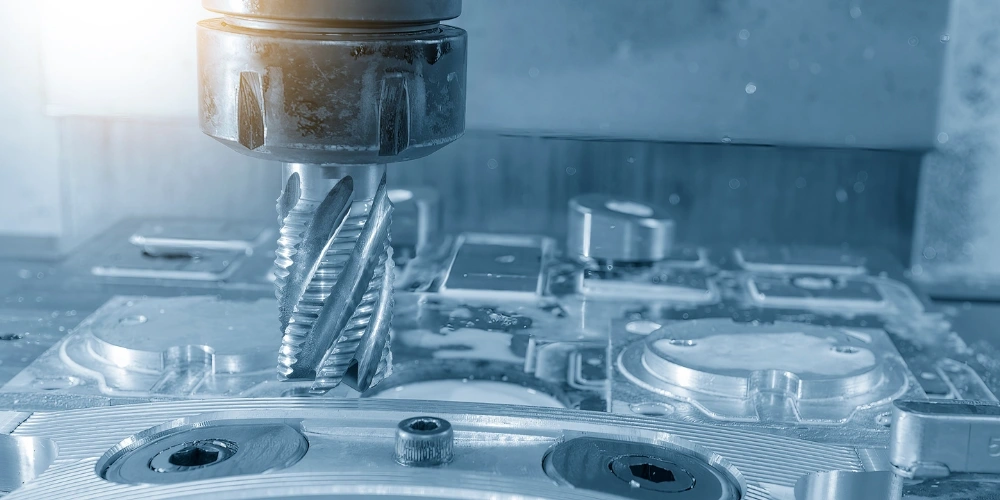

Cost-Quality Tradeoff
When selecting CNC machining services, cost-effectiveness is a crucial consideration. Here are some tips to control costs without compromising quality:
Optimize Design: Simplify structures and optimize complex surfaces during the design phase to reduce machining difficulty and costs.
Material Selection: Choose suitable materials that balance cost and performance according to project needs, rather than always opting for the highest performance materials.
Batch Production: Large-scale production can effectively reduce unit costs. Increase order quantities within demand limits to secure better pricing from CNC service providers.
Automation and Advanced Technology: Select suppliers using advanced technology and automated equipment to improve production efficiency and consistency, reducing rework and waste.
By implementing these strategies, you can maintain high quality while effectively controlling CNC machining costs, ensuring maximum economic efficiency for your project.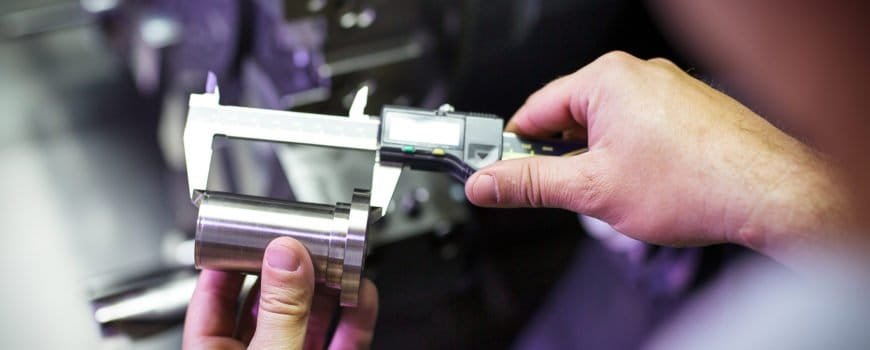

HDC's Advantages
HDC stands out in technical capabilities, rapid response, high-quality manufacturing, and meeting customer customization needs. We have advanced CNC equipment, including multiple four-axis and five-axis machines, capable of handling complex shapes with strict tolerances. We typically provide quotes within 24 hours of inquiry and support small batch production (specific quantities depending on the product) to flexibly meet customer demands. Every step, from raw material to final production, undergoes rigorous inspection to ensure compliance with ISO standards. We offer custom services with over 50 materials and secure design confidentiality through non-disclosure agreements.
Conclusion
Choosing the right CNC machining service is crucial for the success of your project. Understanding different CNC techniques and evaluating project needs can help you make informed decisions. Key factors in selecting a supplier include technical capabilities, delivery time, quality control, and customer service. By optimizing design, selecting appropriate materials, and utilizing advanced technology, you can control costs without sacrificing quality.
HDC excels in technical capabilities, rapid response, high-quality manufacturing, and meeting customization needs. With advanced equipment, strict quality control, flexible production services, and a wide range of materials, HDC provides efficient and reliable CNC machining solutions, ensuring your project’s success.
Resources:



